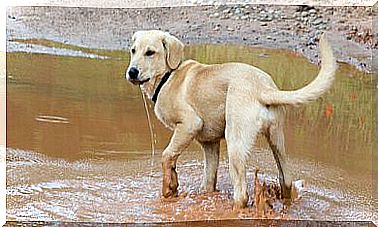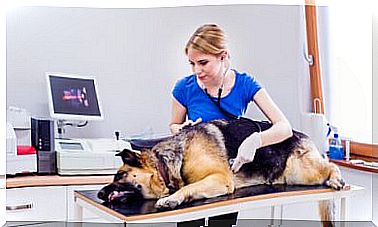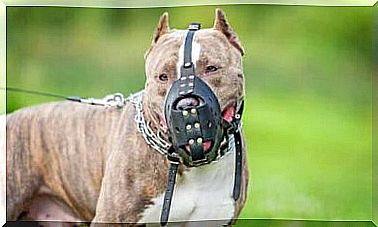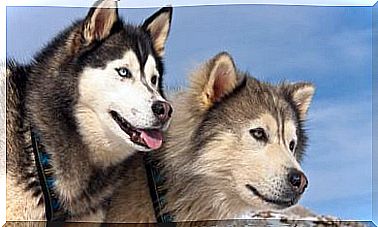Causes And Treatment Of Urticaria In Dogs

Hives in dogs appear as reddish bruises on the skin and cause severe itching. Normally, it is caused by an allergic reaction. In this article, we will talk about the causes and treatment of urticaria in dogs.
Urticaria in dogs is very common and usually goes away on its own within minutes. But when the case is severe, you need to urgently go to a veterinarian who can prescribe an oral or injectable antihistamine. Let’s look at the causes and treatment of urticaria in dogs together.
Causes of hives in dogs
In dogs, skin conditions are often related to environmental allergens and usually appear in specific areas such as the muzzle, ears, paws, base of the tail, under the elbows and in the groin area. They appear as swelling, lumps or hives and cause itching, burning, discomfort and nervousness.
Therefore, urticaria is a hypersensitive response to some external agents such as:
- A particular type of food.
- Vaccines or certain medications.
- Plants such as nettle.
- The bite of an insect. Fleas, lice and mites can cause skin irritation. Note that some dogs are very sensitive to these types of insects.
- Infections.
- Allergies.
- Cold or excessive heat. In some types of hives, the bruise appears in the contact area at low or very high temperatures.
- Skin diseases.

Fortunately, it is easy to detect hives because it is very noticeable. For example, in short-haired dogs a swelling of the fur on the lesions can be observed which gives the fur a grainy appearance.
Hives do not always itch, but when it does it is very obvious: the dog scratches intensely and can cause injuries. Hives in dogs appears more frequently in short-haired breeds.
How to cure hives in dogs?
It is very important to find the cause of the urticaria to prevent it from reappearing in the future. If it is a specific food, it will be necessary to eliminate it from the diet or make sure that it does not come into contact with the animal’s skin. Depending on the severity of the urticaria or how often it occurs, you should consider a long-term type of treatment appropriate.
Once the lesion has been triggered, the most immediate way to treat it is to avoid itching and excessive scratching, if any. You can relieve itching with a warm water bath with a sensitive skin shampoo.
However, if the hives and itching continue over time and the hives and other lesions continue to appear on the dog’s skin, it is possible that the dog is suffering from a skin disease such as atopic dermatitis.
In these cases you will have to carry out a more rigorous control, take care of the environment and its nutrition and go to the vet to prescribe a treatment.
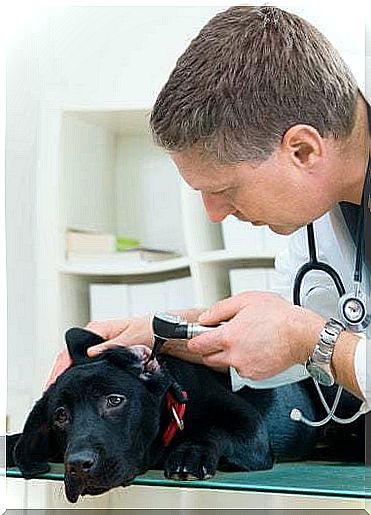
There are a number of specific tests to detect which elements produce hives in dogs. They include environmental agents such as certain types of pollen, plants, mites and foods such as meat, fish, rice, wheat or eggs. Immunotherapy treatments are also available for allergy treatment through monthly vaccines.
Anaphylactic shock
If the urticaria does not subside and you notice that your dog is getting worse, it is good to know that he will be facing anaphylactic shock, so go to the nearest emergency vet. Hospitalization may be required until the crisis is resolved. Sleep therapy and intravenous treatment may be needed. Never wait in these cases or administer medications without veterinarian supervision.
The skin is the first barrier against infections, parasites and diseases. Therefore, it is very important to take care of it to keep the immune system strong and ready to react. In addition to achieving good hygiene, you can help your dog with a complete diet and food supplements.
Foods rich in omega-3 and omega-6 fatty acids are very useful for animals prone to dermatitis and allergic skin reactions.

